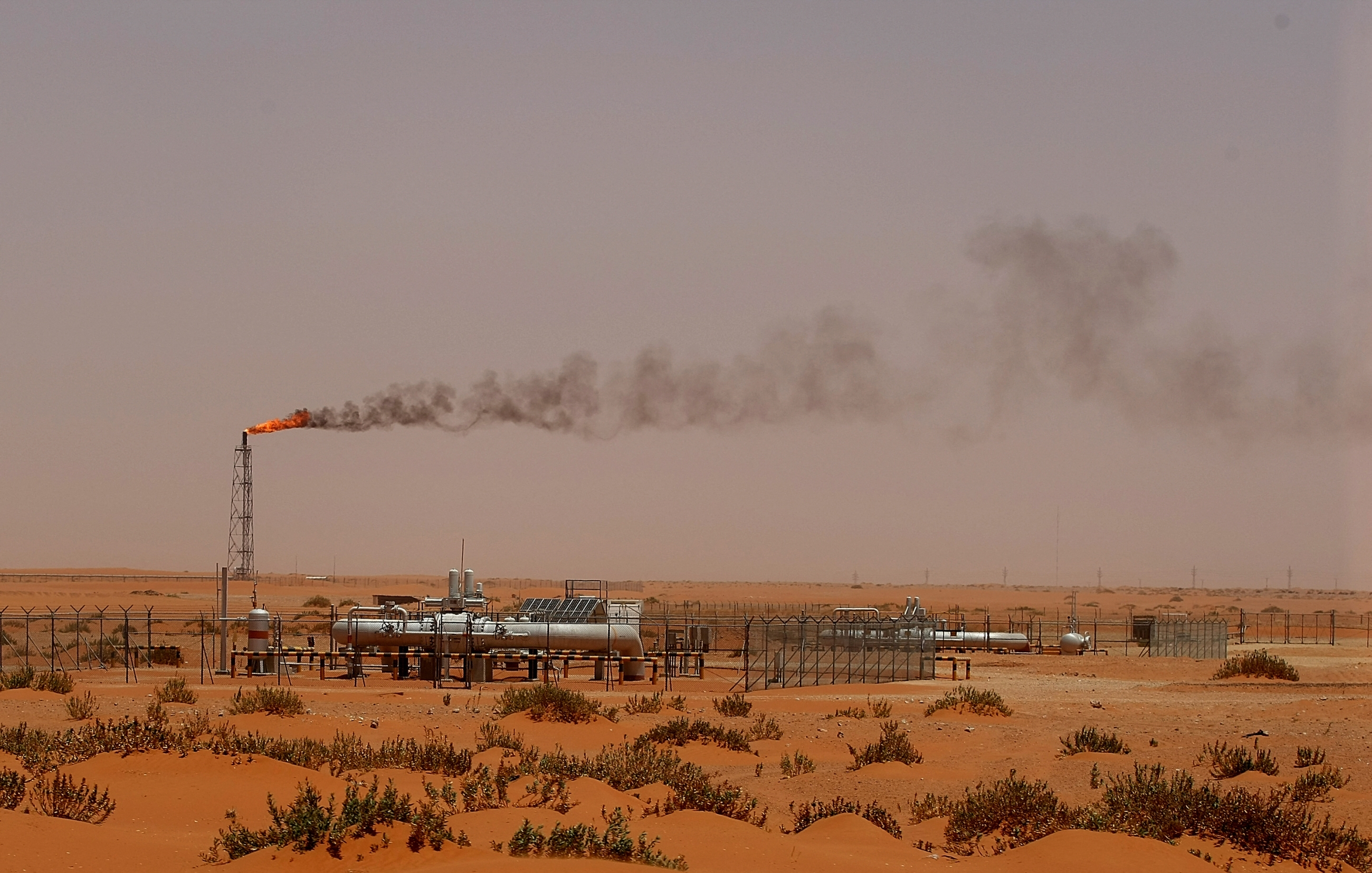Oil price rise expected to stimulate Arab economies, UN report predicts

Most Arab economies are expected to recover this year following the deep recession brought about by the Covid-19 pandemic, according to a report released by a United Nations regional commission.
Across the region, unemployment is expected to fall slightly, but high poverty rates will persist. A gradual stabilisation of oil prices is also predicted to bring about growth for most Arab countries.
The figures were published this month in an annual survey of economic and social development in the region by the UN Economic and Social Commission for Western Asia (ESCWA).
Slight fall in unemployment
Unemployment is expected to fall slightly - from 12 percent in 2020 to 11.3 percent across the entire region - as economic activity gradually resumes following various lockdowns.
New MEE newsletter: Jerusalem Dispatch
Sign up to get the latest insights and analysis on Israel-Palestine, alongside Turkey Unpacked and other MEE newsletters
Notably, Lebanon is predicted to experience a significant reduction in unemployment - from 40 percent down to 25.8 percent - as coronavirus restrictions ease.
Libya is also expected to see its unemployment rate fall to 11 percent (down from 17.17 percent currently), as a result of peace talks initiated in February which could lead to economic stability following several years of civil conflict.
However, fellow war-torn countries Syria and Yemen are expected to see slight spikes in unemployment rates, with the former rising from 10.9 percent to 12.3 percent, and the latter from 12.1 percent to 12.7 percent.
High poverty rates persist
Poverty rates are expected to remain unchanged across the region.
The rate is predicted to remain very high in several countries, including Syria (88 percent), Yemen (83 percent), Lebanon (47 percent) and Palestine (36 percent), and could worsen amid high-profile cuts in international aid.
The report states that much of this poverty is particularly felt by the Arab region’s over six million refugees and 11 million internally displaced people. Of the 5.6 million Syrian refugees in the region, over half live in poverty.
Socioeconomic challenges in host countries - namely, Lebanon - have had a devastating impact on refugee communities.
ESCWA also notes that gender inequality has exacerbated social challenges, with the Arab region continuing to have the highest gender pay gap (40 percent) in the world.
Oil price rise to stimulate growth
The prospect of growth across the region is largely dependent on the gradual increase in the price of oil.
Amid the early stages of the pandemic, with lockdowns across the world, crude oil prices plummeted from nearly $70 a barrel in January 2020 to below $20 in late April.
One of the catalysts of the decline was an oil price war between Saudi Arabia and Russia, which Middle East Eye revealed was launched by Crown Prince Mohammed bin Salman after a "shouting match" with President Vladimir Putin.
Prices have gradually risen back towards the $60 a barrel mark, and if the trend continues, growth prospects for oil-exporting Arab countries will exceed expectations.
The entire region is expected to experience significant improvements in economic growth rates, from an average of minus six percent to plus 4.3 percent. For Gulf countries, this will be a result of rising oil and gas prices.
All Arab countries will see their GDP grow except for Lebanon, where the economy is expected to contract amid a severe economic crisis and the aftermath of last year's Beirut port explosion. While it remains in the negative, the growth rate in the country will see an improvement (from minus 31 percent to minus 4.6 percent).
The most staggering change in growth rate will come in Libya, which is expected to grow 93 percent (up from minus 69 percent last year), thanks to rising oil prices and prospective peace.
'Recovery dependent on vaccinations'
Mohamed Hedi Bchir, the lead author of the report, said that while sectors such as oil would witness a recovery, many other industries may not yet see a similar rebound.
“Sectors such as aviation and tourism, which are dependent on the progress of Covid-19 vaccination campaigns unlikely to end before 2022, will not register a similar outcome,” he said.
“Middle-income Arab countries will be disproportionately affected, as their recovery will depend on the gradual and partial resumption of the economic activities largely disrupted in 2020.”
The report also forecasts that the average fiscal deficit in Arab countries will rise (from minus 9.4 percent to minus 11.2 percent), as will the debt-to-GDP ratio (from 64 percent to 68 percent).
This is a result of government stimulus packages (such as furlough payments) mitigating the impact of the pandemic, increased spending on health care, and the decline in oil prices.
Middle East Eye delivers independent and unrivalled coverage and analysis of the Middle East, North Africa and beyond. To learn more about republishing this content and the associated fees, please fill out this form. More about MEE can be found here.






